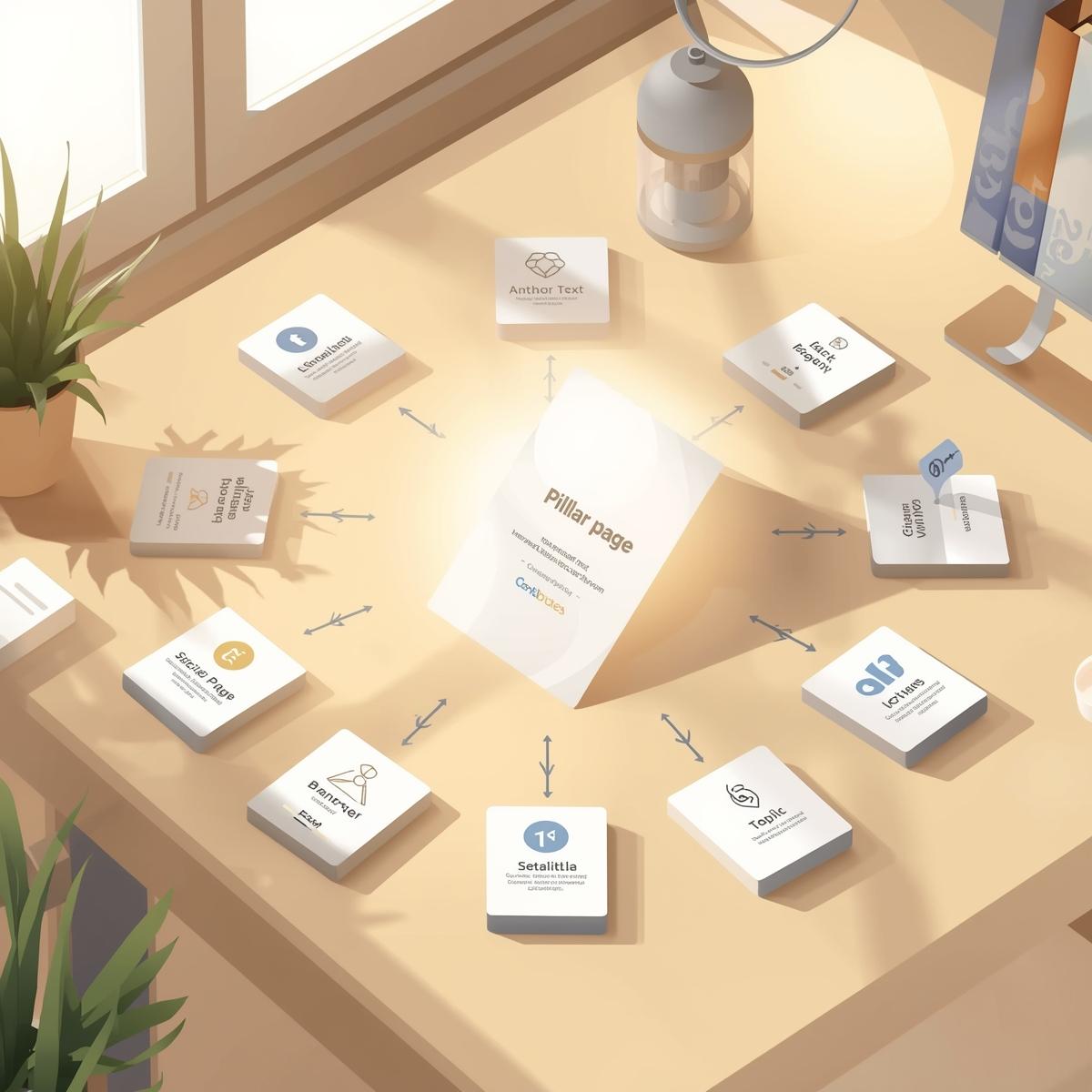
If rankings feel stuck even after you publish great content, the missing piece is often the way your pages connect—how they pass context and signal what deserves to rank. In an era when Google analyzes page relationships, not just keywords, your internal links can turn scattered posts into a persuasive story about topical authority. So, which page should become your “money” hub this quarter?
Why Internal Links Matter (Especially in 2026)
Google’s own documentation reminds us that good anchor text helps both users and search engines understand the page you’re linking to and the page you’re linking from (Google Search Central). Beyond anchors, Google clarifies that it analyzes linkages between pages to infer structure and importance—“the more links a page has to it within a site, the higher the relative importance” (Google Search Central).
Meanwhile, industry research shows nuance: Google has indicated that links may matter less overall than before, but data still suggests they matter more for certain queries and that removing links can depress visibility (Ahrefs). Translation: links aren’t everything—but your internal links are the levers you fully control.
Build Authority Clusters (Hub → Spokes → Cross-Support)
Think of your site like a campus: one flagship building (pillar) with clearly labeled halls (spokes) and wayfinding signs (anchors, breadcrumbs). The hub-and-spoke model—also called topic clusters—keeps the pillar broad and the spokes specific, with mutual links that reinforce relevance (Search Engine Land).
Practical UX touches matter too. Breadcrumbs support wayfinding and clarify hierarchy, with long-standing usability evidence and modern guidelines to back them up (Nielsen Norman Group).
Blueprint: Ship a Cluster in 14 Days
- Choose the pillar (e.g., this page) and define the conversion (demo, consult, lead magnet).
- Map 6–10 spokes that answer intent tiers: strategy overview, anchor text patterns, audit steps, cannibalization fixes, breadcrumb logic, related modules/TOCs, faceted nav cautions, entity/schema alignment.
- Write anchors like labels, not sales copy. Keep them descriptive and concise (Google Search Central).
- Wire it: each spoke links up to the pillar; adjacent spokes cross-link where helpful; navigation and breadcrumbs reinforce the hierarchy (NN/g).
- Measure: impressions to the pillar, click depth, crawl stats, assisted conversions.
Watch: Internal Linking Straight from Google (YouTube)
Internal Examples to Model the Cluster
- Planning content that aligns social with search wins helps your spokes earn attention and links back to the pillar (Designer Web Solutions).
- If your “great posts” still stall, check why well-written posts don’t rank—often an interlinking, intent, or cannibalization issue (Designer Web Solutions).
- For the macro picture, see SEO in the age of AI and how clusters telegraph expertise at scale (Designer Web Solutions).
(Optional browsing hub: your latest posts index if you want a catch-all reference: Recent articles).
Execution Checklist (Done in Two Workweeks)
- Audit: find orphan pages, shallow hubs, weak/over-optimized anchors, and duplicate “near-topic” pages.
- Implement: build/refresh the pillar, update 6–10 spokes, add 20–40 purposeful internal links, and install breadcrumbs.
- Enhance: align entities (names/terms), add schema where appropriate, and tighten TOCs/related modules.
- Review: track hub impressions and average position for cluster queries, reduce click depth to key pages, and check crawl stats.
CTA — Make every asset a visual backlink (that points home)
You’ve mapped the pillar and spokes. Now turn your content into visible pathways back to your hub. Booster builds bite-size, branded pages—think shareable visuals, checklists, diagrams, and micro-landing cards—that link back to your pillar and supporting posts. Drop them on social, tuck them into newsletters, share with partners, or pin them in community threads—each one becomes a visual backlink that amplifies your cluster.
Why it works for authority clusters
- Signal & structure: every visual page reinforces your topic map and funnels clicks to the right URLs.
- Shareability on tap: assets people want to repost, turning audiences into distribution.
- Consistent rollout: publish in sequence so crawlers (and humans) discover the hub, then the spokes.
- Brand-first: clean, on-brand cards that look great anywhere you embed them.
Ready to turn your cluster into a web of attention that points back to the pages that matter? Turn every post into a visual backlink.

Sources
- Google Search Central. (n.d.). Write good anchor text (link best practices). https://developers.google.com/search/docs/crawling-indexing/links-crawlable. Retrieved November 25, 2025.
- Google Search Central. (n.d.). Help Google understand your site structure. https://developers.google.com/search/docs/specialty/ecommerce/help-google-understand-your-ecommerce-site-structure. Retrieved November 25, 2025.
- Google Search Central. (n.d.). AI features and your website. https://developers.google.com/search/docs/appearance/ai-features. Retrieved November 25, 2025.
- Google Search Central Blog. (2025, May 21). Top ways to ensure your content performs well in Google’s AI experiences. https://developers.google.com/search/blog/2025/05/succeeding-in-ai-search
- Ahrefs. (n.d.). Google says links “matter less,” but they still matter. https://ahrefs.com/blog/links-matter-less-but-still-matter/. Retrieved November 25, 2025.
- Search Engine Land. (n.d.). Website structure: Hub-and-spoke model. https://searchengineland.com/guide/website-structure. Retrieved November 25, 2025.
- Nielsen Norman Group. (n.d.). Breadcrumbs: 11 design guidelines for desktop and mobile. https://www.nngroup.com/articles/breadcrumbs/. Retrieved November 25, 2025.






